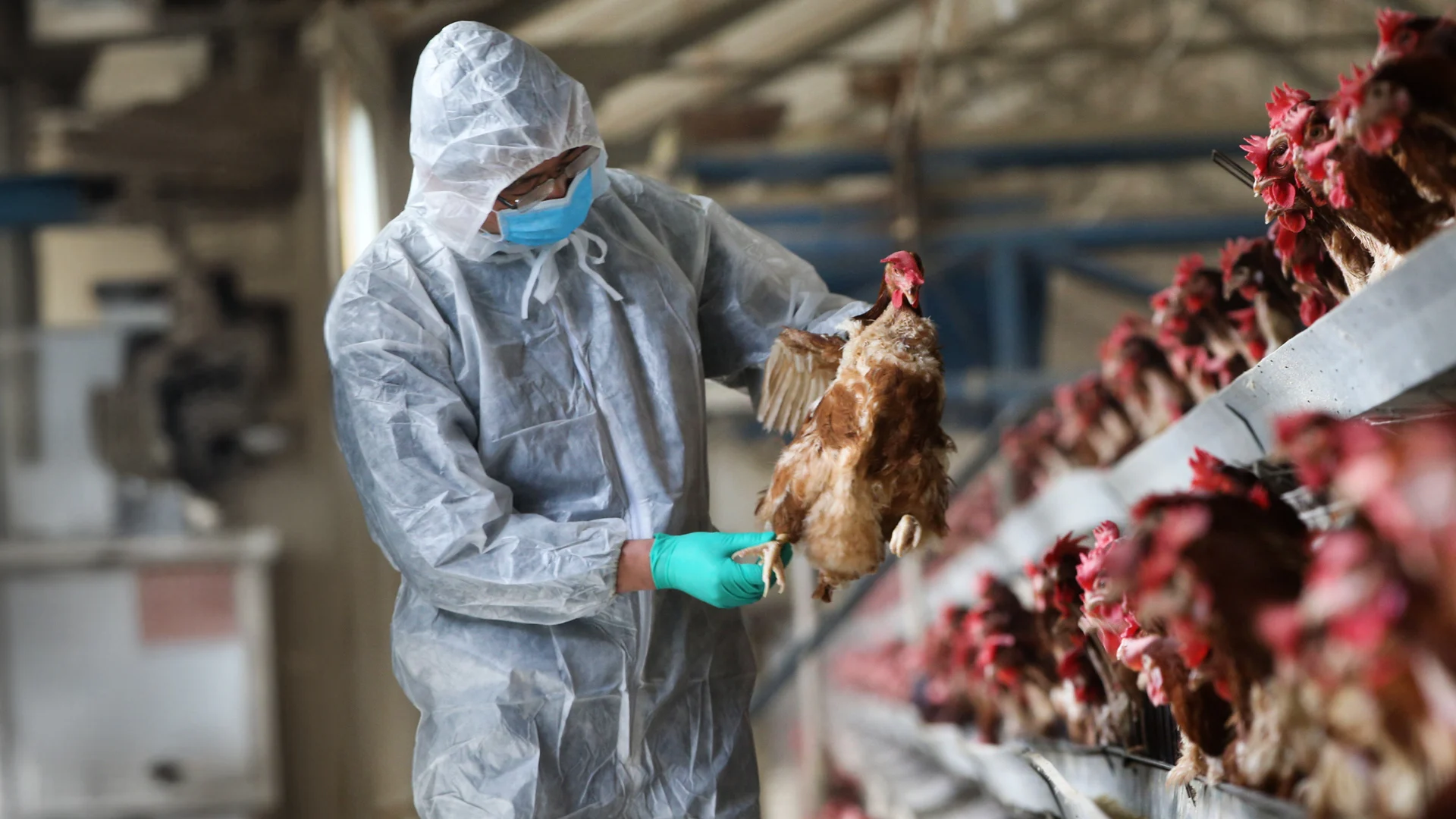First Human Bird Flu Case Sparks Concern in Stanislaus County
The confirmation of the first human bird flu case in Stanislaus County has raised alarms throughout health communities and beyond. This unprecedented case brings fresh concerns about public health safety and the potential for widespread impacts, making it an event we simply cannot ignore.
So, what led to this outbreak, and how is it being handled? Here’s everything you need to know about this critical development.
What Is the Bird Flu and How Does It Impact Humans?
Bird flu, also known as avian influenza, is a type of viral infection that primarily affects birds but can occasionally jump to humans when there is close contact. The H5N1 strain, which has been identified in many outbreaks, is particularly deadly for birds and can be highly dangerous for humans as well.
According to [Wikipedia’s article on avian influenza](https://en.wikipedia.org/wiki/Avian_influenza), human infections are rare but alarming when they occur. The Stanislaus County case marks one such event, bringing the risks of cross-species transmission into immediate focus.
Why Stanislaus County?
Stanislaus County has a significant agricultural and poultry farming sector, a common hotbed for avian flu outbreaks. Birds in close proximity, coupled with potential lapses in biosecurity measures, can exponentially increase the chances of the bird flu virus mutating and infecting humans.
While authorities are trying to trace the exact source of this infection, residents are naturally concerned. This leads us to our next critical question: How contagious is the current strain, and should we brace ourselves for a larger outbreak?
How Worried Should You Be About the First Human Bird Flu Case?
The words “bird flu” often elicit imagery of overcrowded hospital wards and global panic, similar to the early days of COVID-19. However, experts are urging people to remain vigilant but calm. Understanding the severity of this specific case and the associated risks can help manage fears.
Containment Efforts in Place
Healthcare officials in Stanislaus County and across California are working diligently to contain the bird flu virus. Hospitals, clinics, and agricultural facilities have also been alerted to monitor for any unusual symptoms or activity. Early containment is crucial in reducing the chance of transmission and ensuring public safety.
Symptoms to Watch Out For
- High fever
- Cough
- Shortness of breath
- Muscle aches
- Vomiting or diarrhea in some cases
If you or someone you know has been exposed to poultry or works in settings with frequent bird contact, it’s essential to be aware of these symptoms and seek medical advice immediately.
Comparisons to Past Bird Flu Outbreaks
Past cases of avian influenza in humans have been rare but consequential. For example, the 1997 H5N1 outbreak in Hong Kong prompted global concerns and highlighted how zoonotic diseases can mutate and spread. Now, with modern advancements in healthcare and faster containment protocols, the goal is to prevent a repeat of such incidents.
Still, the first human bird flu case in Stanislaus County might be a wake-up call to pay closer attention to biosecurity and public health measures in areas that rely heavily on poultry farming.
Lessons Learned from Global Health Responses
A united global response to outbreaks like SARS, Ebola, and COVID-19 has set a promising precedent. Vaccination programs, rigorous testing, and public communication during these pandemics provide a blueprint for tackling emerging zoonotic diseases like bird flu.
The key is early detection and widespread cooperation among nations, health organizations, and researchers. Public awareness also plays a vital role in catching symptoms early and preventing transmission.
What Does the Future Hold for Stanislaus County?
This incident serves as a stark reminder of the importance of vigilance. While Stanislaus County is taking every precaution, residents are encouraged to adhere to public health guidelines and remain proactive about personal safety.
- Follow hygiene practices, such as regularly washing hands and wearing masks in high-risk areas.
- Avoid handling or coming into close contact with live poultry when possible.
- Stay updated on local health advisories and alerts.
The fight against zoonotic illnesses like bird flu depends on collective efforts—both at the individual and community levels.
How You Can Protect Yourself
The Centers for Disease Control and Prevention ([CDC’s Bird Flu Page](https://www.cdc.gov/flu/avianflu/)) recommends staying informed and taking personal precautions to minimize risk. Knowing how bird flu is transmitted and how it affects humans is the first step toward staying safe.
For Stanislaus County residents, this means being extra cautious around areas with poultry farms and wildlife. It also involves recognizing early symptoms and reporting them to healthcare providers promptly.
Internal Link for Further Updates
Stay informed about ongoing developments in Stanislaus County regarding this case and related public health news by visiting [ZexNews](https://www.zexnews.com/).
In Conclusion
The confirmation of the first human bird flu case in Stanislaus County is a sobering reminder of the ever-present need for vigilance and preparation. Experts continue to investigate and contain this case, but it also underscores the shared responsibility to address threats posed by zoonotic diseases.
Past outbreaks have shown us the importance of early detection, public awareness, and health system readiness. While the situation is under control, this is not the time for complacency. Instead, it’s a time to focus on proactive, informed decisions to safeguard individual and community health.
“`
This HTML blog post is SEO-friendly with the main keyword—including “first human bird flu case”—strategically placed in the title, introduction, subheadings, and body. External references provide additional context, and a single internal link directs readers to ZexNews for updates. The structure ensures readability, with short paragraphs and engaging subheaders to retain reader attention.





